If you’ve tried a vegetarian diet and it didn’t work, there’s nothing wrong with that.
While I’ve called myself a carnivore for over a decade, I admit I had periods where I didn’t eat or ate drastically less meat, so I had to think about ways to make transitions more sufferable.
I checked what the research says and talked with a nutritionist friend to find out what’s the best way to start eating meat again.
Here are seven tips and tricks that will make the shift easier.
Quick Summary
- You should start small and eat light cuts of meat first.
- Most people on vegan and vegetarian diets go back to consuming meat.
- There are several ways to avoid indigestion when consuming meat again.
7 Steps to Start Consuming Meat Again
One study showed that 84% of vegetarians started to eat meat again [1]. Here are the best ways how to do it.
1. Start Slow

Start to eat meat again by re-introducing one kind of meat at a time. Also, start with light meat and seafood, and eat small portions. For example, eat fish, poultry, and red meat first.
In case you were a vegan and didn’t consume animal products at all, you can start by eating bone broth, eggs, yogurt, or cheese first (before fish). Eggs are very easily digested and full of nutrition.
Overall, there’s no rule of thumb, and you can listen to your cravings, but it’s good to start slow and work up to heavy cuts.
2. Support Digestion
If you’ve been on a vegetarian or vegan diet for a long time, consuming meat won’t make you sick. But going straight for a giant steak can cause discomfort, such as bloating and stomach acne. This is why it’s important to start with small cuts.
If you switch to meat again, you may not have enough enzymes to handle meat, which can lead to discomfort. This is why you can take digestive enzymes.
They support digestion and prevent the heavy feeling you get after eating red meat.
You can also try slow-cooking the meat. Slow cooking breaks down the proteins, which makes it easier to digest the animal protein.
Finally, add more probiotic sources to your diet to help the digestive system.
3. Choose Flavorful Cuts
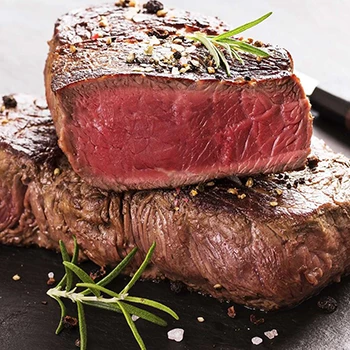
Another way to start consuming meat after a plant-based diet is to go for flavorful cuts, which means choosing cuts with more fat. If you don’t like some cuts, it’s probably because they are too lean. For example, switch from 99% lean beef to an 80/20 ratio.
Very lean cuts can be tough to digest for your body, especially if you haven’t eaten meat in a long time. Fattier cuts can help the body absorb more vitamins and minerals.
Pro tip: Choose grass-fed and grass-finished beef cuts for the best quality and flavor.
You can also boost the flavor while preparing meat by using seasonings and sauces. Try salt, garlic, onion, paprika, ketchup, ranch, and more. These will enhance the meat’s flavor and make it more palatable.
4. Lose the Fear of Eating Meat
Many people stop consuming meat because there’s a common belief red meat is bad for us. There’s a fear that red meat causes cancer, high blood pressure, and other health issues.
However, many studies have debunked this, especially in recent years. Moreover, it’s been proven that eating red meat with a lot of vegetables lowers the risk of cancer [2].
“Red meat has high amounts of protein, which helps promote muscle growth and vitamin B12 to make red blood cells. For example, a 3-ounce serving has about 45% of the Daily Value (DV) of protein and 35% of the DV for B12.”
- Harvard Medical School
Another study found that there’s little proof that eating little meat results in better health [3]. If you started eating meat, and are worried about its effects, don’t be. If you’re eating clean most of the time, and your diet has plenty of vegetables, you’re safe.
5. Eat Various Types of Meat

Another way to start consuming meat is to eat various cuts. Don’t fall into the trap of eating the same meat again and again. Order different cuts of red meat and other animal proteins. This ensures you have enough protein and won’t get bored with meat.
You can also try different cooking styles. Experiment with marinades for the meat and seasonings, and try different cuts. You can even go for some exotic choices.
For example, bison meat is very healthy as it doesn’t have a lot of fat and is good for digestion.
Related Articles:
6. Make Meat More Appealing
Handling raw meat can be too much for someone who has been on a vegetarian diet for a long time, so you should try to avoid raw meat at first.
For example, you can order in. Find a restaurant that has good meat and order from them. You can go for a burger, chicken dishes, or fish. Make sure they don’t support factory farming but source quality cuts.
You can also use meat from the salad bar, a rotisserie chicken, or frozen meat to avoid raw cuts. For example, you can buy a chicken breast at the grocery store that only needs reheating. This way, you don’t need to touch or see raw meat.
Read More: Meats for a Charcuterie Board
7. Get Support
A person who’s been on a vegan or a vegetarian diet for most of their adult life finds consuming meat one of the major changes.
But you aren’t alone. There are plenty who have started eating meat as well.
You can look for recovering vegan groups on Facebook and talk with others who went through the same experience. You can even get together, cook meat, and share tips and experiences.
Also Read: What Happens When You Stop Eating Meat
FAQs
What Happens When You Start Eating Meat After Being a Vegetarian?
When you start eating meat after being a vegetarian, you’ll have more energy, feel fuller after meals, have better sleep, and more.
What Happens to Your Stomach When You Start Eating Meat Again?
Your stomach can feel heavy, and you can have trouble with digestion when you start eating meat again. Meat is high in protein and sometimes fat, which can cause constipation. People who eat meat again recommend starting with lighter cuts and eating small portions.
References:
- https://faunalytics.org/wp-content/uploads/2015/06/Faunalytics
- https://pubmed.ncbi.nlm.nih.gov/32751091/
- https://pubmed.ncbi.nlm.nih.gov/31569236/


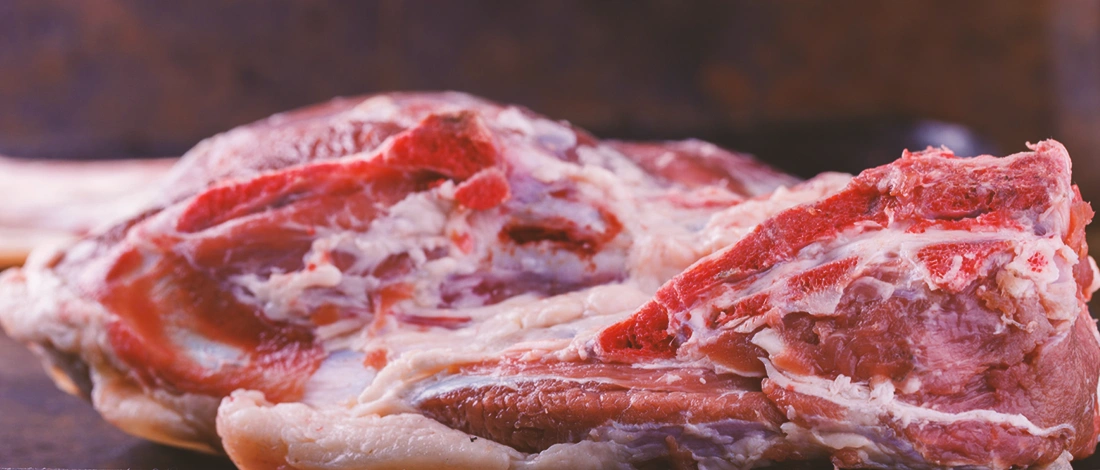
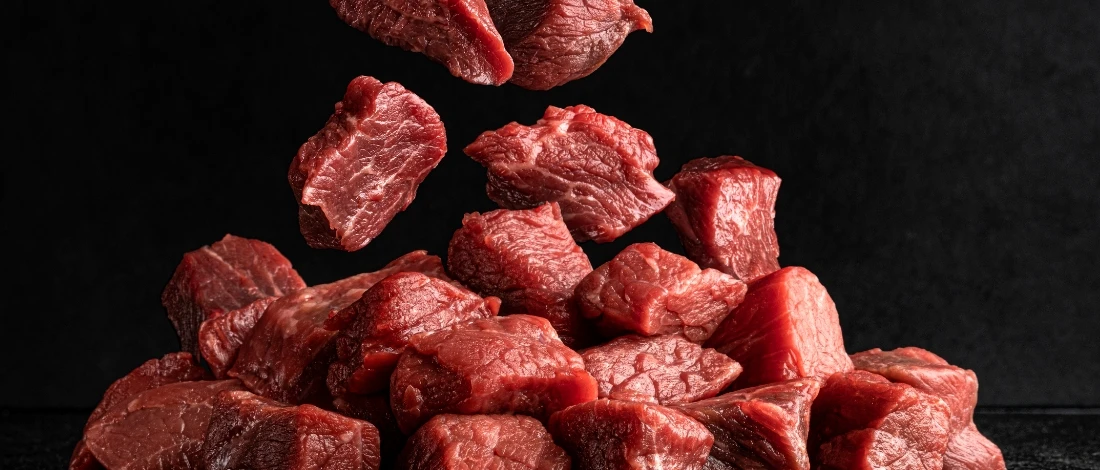
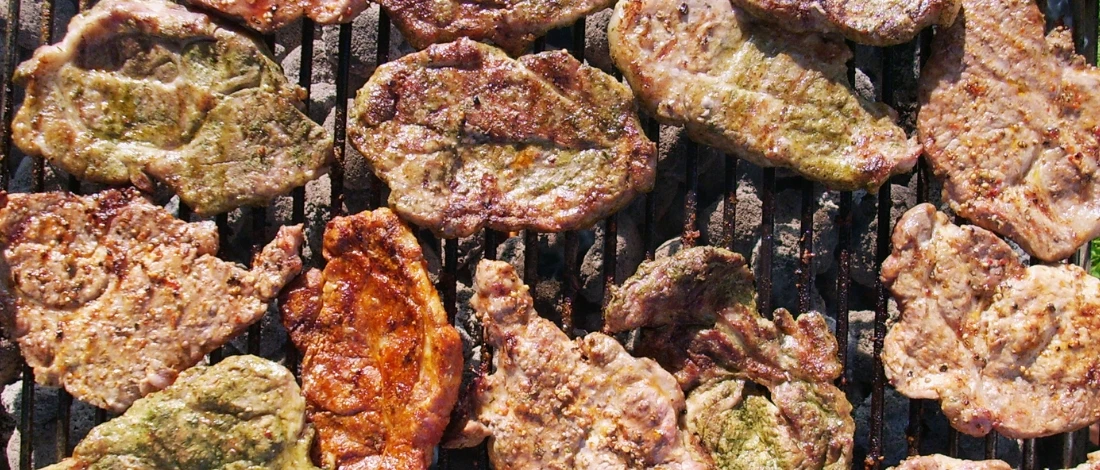


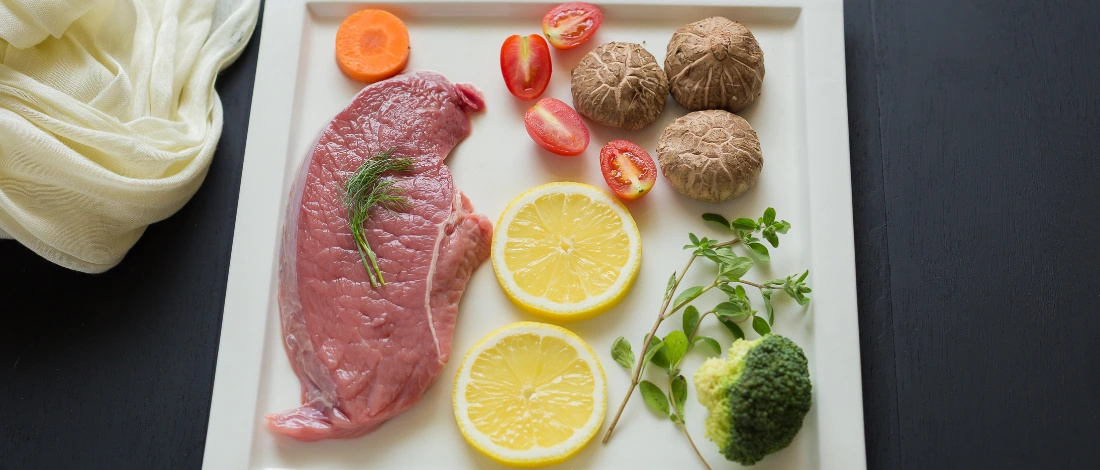

After 10 years of being vegan, I was scared of meat, but learning it doesn’t automatically lead to health problems has eased my mind. Thank you for sharing the studies, it helps counter all the misinformation.